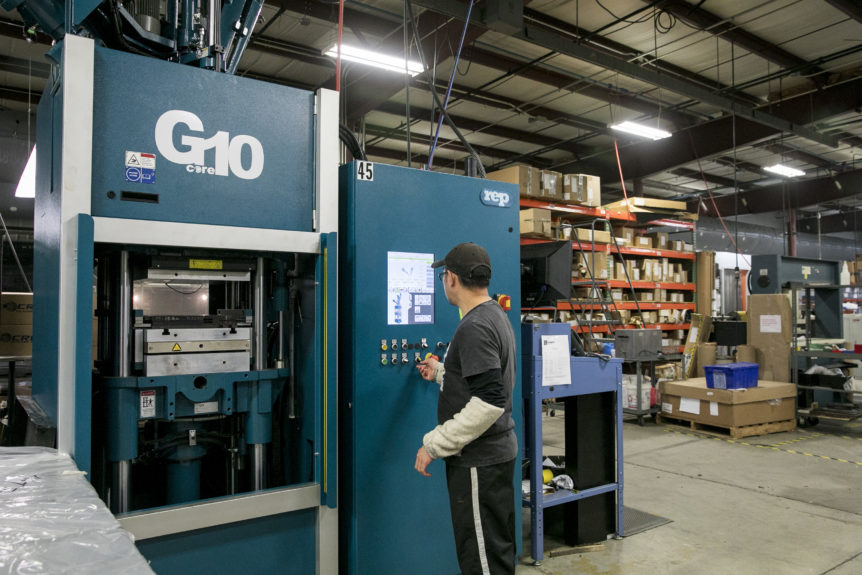ISO 10993 and USP Class VI both define testing requirements for biocompatibility, the ability of a material to perform a desired function without causing adverse effects on the human body. By ensuring that a material is non-toxic and won’t result in immunological rejection, biocompatibility testing ensures that a rubber is safe for use with living tissue. Examples of these materials include the medical silicones used in stents and catheters.
Biocompatibility may seem straightforward, but it’s not. In part, that’s because there isn’t a single test that can describe everything there is to know about an elastomer’s biocompatibility. Many medical device companies are familiar with USP Class VI, but that standard isn’t as strict as ISO 10993. In fact, USP Class VI is sometimes seen as a minimum requirement for biocompatibility. Because neither USP Class VI nor ISO 10993 are synonymous with biocompatibility testing, asking for a “biocompatible rubber” can lead to confusion. There are also different testing protocols within ISO 10993 and USP Class VI.
ISO 10993 and Medical Molding
ISO 10993 is an international standard that divides medical devices into three categories: surface, implant, and external communicating. Based on the time of exposure, these categories are further divided into three subcategories: limited, prolonged, and permanent. Before selecting a molding material such as a medical silicone, it’s important to determine which category and subcategory describes your application. Otherwise, you won’t know which testing protocol applies. ISO 10993 is not a checklist, but it does provide a risk-based guide for evaluating different materials.
Yet, ISO 10993 is more than just a framework for material identification. This standard also provides a way to identify and quantify a material’s chemical ingredients. There are several important uses for chemical characterization, each with a numbered designation. For example, ISO 10993-1 and ISO 10993-14971 are used as part of an assessment for the overall biological safety of a medical device. By contrast, ISO 10993-17 measures the level of a leachable substance. As an experienced medical molder, The Rubber Group works with independent laboratories like NAMSA to understand these requirements.
USP Class VI and Biocompatible Rubber
USP Class VI refers to a set of biocompatibility testing requirements from the U.S. Pharmacopeia (USP), a non-profit organization whose standards inform decision-making at the U.S. Food and Drug Administration (FDA). Specifically, USP publishes test instructions for the plastics, polymers and elastomers that are used in medical devices and surgical equipment. These tests correspond to numbered classes and use different extracts, such sodium chloride and alcohol saline. Among USP classes, Class VI materials meet the toughest testing requirements.
USP Plastic Class VI, as this group is also known, covers materials that pass a systemic toxicity test, an intracutaneous test, and an implantation test. These tests are directly related to the intended end-use of the article and account for conditions such as patient contact time and temperature. Some suppliers claim to use USP Class VI compliant ingredients but may not be able to ensure the compliance of their end product.
The Rubber Group can source materials that have a certificate of conformance (COC) from a third-party testing laboratory or that have a certificate of compliance (COA) from the material’s supplier. Testing can be expensive, so it pays to work with a medical molder who can source products with existing certificates. We also offer a choice medical molding services.
Ready to get started with your next medical molding project? Contact us.

